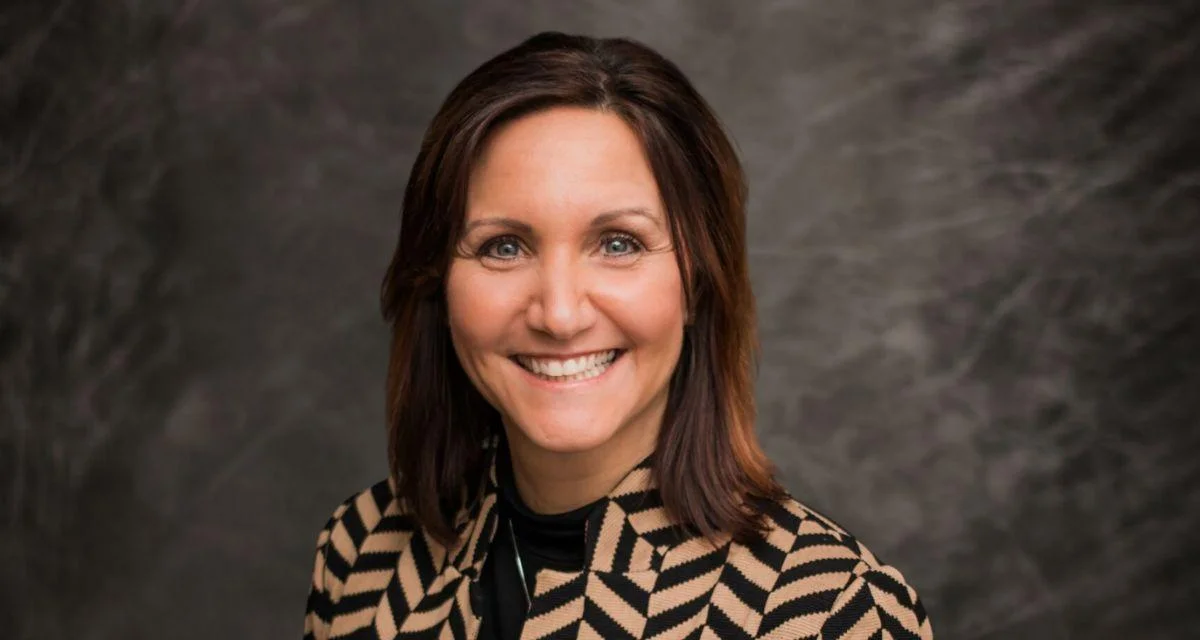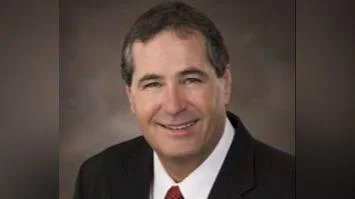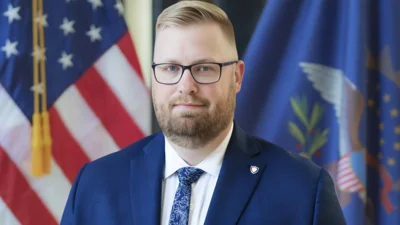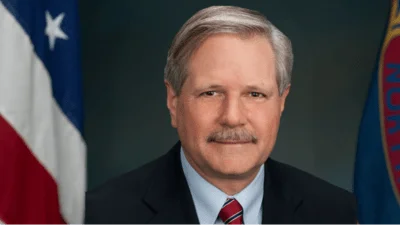Brenda Nagel, President & CEO at Bismarck Mandan Chamber EDC | Bismarck Mandan Chamber EDC
Brenda Nagel, President & CEO at Bismarck Mandan Chamber EDC | Bismarck Mandan Chamber EDC
Since its establishment in 1959, the University of Mary has adapted its programs to meet the needs of the workforce in Bismarck-Mandan and beyond. Originally focused on nursing and education, the university now offers nearly 60 undergraduate majors along with master's and doctoral degrees. The development of new coursework continues to be shaped by input from industry leaders.
“We have never lost sight of our mission,” said Dr. Diane Fladeland, Vice President for Academic Affairs at the University of Mary. “Our strategic planning comes from listening to the community, and we are always doing environmental scanning to see what the people and business leaders of North Dakota need.”
This approach not only supports local employers but also helps students prepare for life after graduation. According to Dr. Fladeland, “We want our students to be first to get a job offer and the first to get admitted to graduate school. We are very proud of our 97% placement rate after graduation.”
The university was initially established with a focus on serving daughters of local farmers who sought practical skills for immediate entry into the workforce. This tradition continues today as all programs require some form of internship or work experience, which aims to ease students' transition into employment.
In 2024, enrollment reached 3,801 students with a student-teacher ratio of 10:1, allowing for more individualized attention in classes.
The institution also recruits broadly; as of 2025, about 60% of its approximately 4,000 students come from outside North Dakota, representing all 50 states and 19 countries. Dr. Fladeland noted that internships help connect these students with local employers: “Our students offer a lot of workforce potential to build this amazing state,” she said. “One of the reasons we require internships is to connect students with local employers who can offer jobs after graduation.”
To address evolving workforce demands, the university has introduced new initiatives such as opening the Hamm School of Engineering in 2016 and launching the Butler Center for Early Learning in 2025—both aimed at filling gaps identified by area businesses.
Currently, efforts are underway with local school districts to develop programs targeting teacher shortages by recruiting more students into education-focused majors.
“Teaching is a wonderful, important, and essential career for both our community and country,” Dr. Fladeland said.
Each academic program is developed through collaboration with advisory boards and feedback from North Dakota employers. Dr. Fladeland encourages ongoing communication between businesses and the university regarding workforce needs so that educational offerings remain relevant.






 Alerts Sign-up
Alerts Sign-up